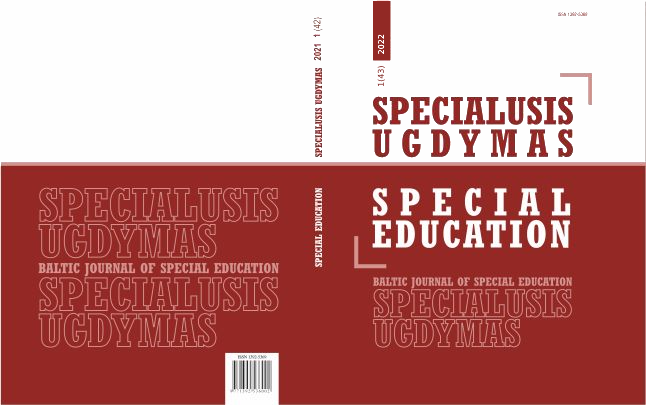Intrusion Detection and Prediction by Using Lte-5lowpan in IoT Techniques
Main Article Content
Abstract
Nowadays, the Internet of Things (IoT) research zone pulls in experts, as a result of its wide grouping of uses and straightforwardness in passing on in a couple of spaces of the real world, particularly for conditions that are seen as essential, for instance, E-prosperity, insightful homes, and wise metropolitan zones. Things in splendid metropolitan networks are hard-headed through the Internet. These things are ordinarily sent in a proper atmosphere distantly. They become unprotected against the diverse security attacks that can affect their genuine functionalities at whatever point. As the Routing Protocol for Low Power and Lossy Networks (RPL) transformed into the standard for controlling the Internet of Things (IoT) associations, various experts analyzed the security parts of this show. In any case, no work (clearly) has investigated the usage of the security segments associated with the show's standard, because there was no execution for these features in any IoT working structure yet. A fragmented utilization of RPL's security instruments was presented starting late for LTE 5G identified with IPV6 which gave us the event to examine RPL's security parts. Thusly, it will explore the effects and challenges of using RPL's security instruments under fundamental guiding attacks. Introductory, an assessment of RPL's (Routing Protocol with Low power) execution, with and without its security frameworks, under three coordinating attacks (Blackhole, Selective-Forward, and Neighbor attacks) is driven using a couple of estimations Based on the discernments from this relationship. It reviewed to decrease the effects of such attacks, without having added security segments for RPL. The huge part identified with the LTE-5G (Long-term Evolution in 5G) used to treat the introduction of MUX/DEMUX taking care of is the speedier difference with existing. The IPV6 is used to portray the ID and the territory structure for PCs on associations by passing on the shows that course traffic across the association.
